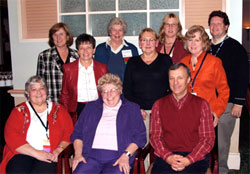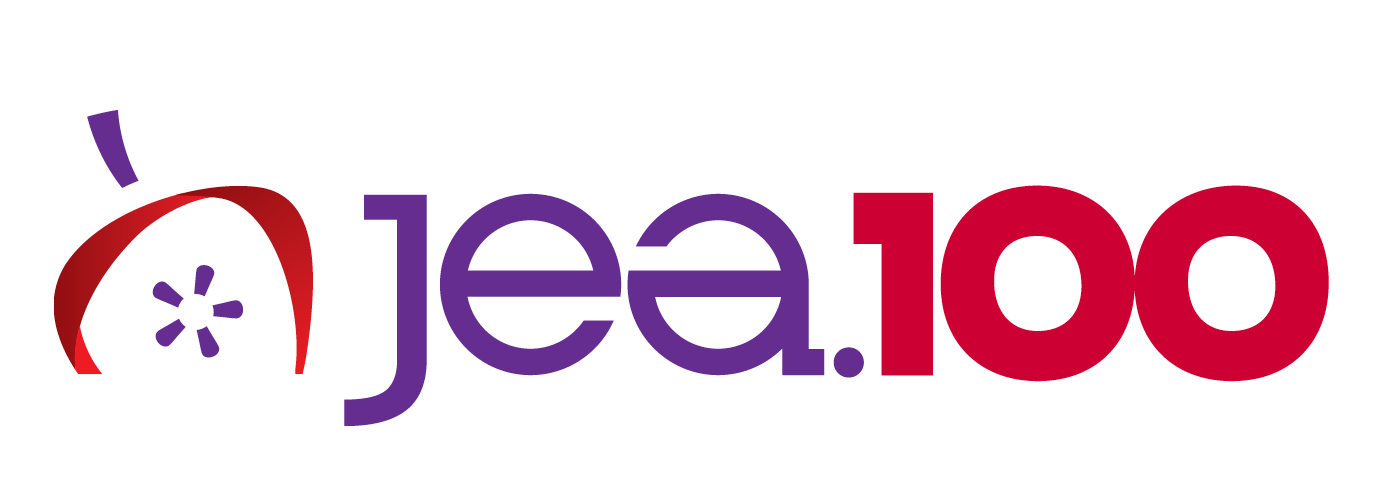-
from North Carolina: “She has established herself as a credible adviser to be respected by her administration, her peers, the students and the community.”
-
from Oregon: “His students adjusted to having a real writing coach advising them. They readily accepted his suggestions and came to respect his opinion.”
-
from Kansas: “She has developed detailed rubrics for most of her assignments and for grading both publications.They help staffs maintain high standards for content, design, coverage, etc.”
A second goal is to retain quality journalism teachers/advisers.
Of the 58 mentees who have gone through at least one year of the program, two have left journalism and another plans to at the end of this year. Disturbingly, another four are no longer in journalism because of administrative transfers or decisions to drop the program. As mentees complete or otherwise leave the program, they participate in an exit survey and pledge to report back yearly on their status so that JEA can collect long-term data.
A third goal is to help build stronger journalism programs.
Several measures provide this information: increased numbers of students participating in journalism programs, improved yearly critique ratings and support for student press rights. Anecdotal evidence from mentors’ reports suggest that programs have seen increases in enrollment, the shift to a class instead of a club and newly-won awards. Here are examples:

FIRST TEAM OF MENTORS (FRONT) Georgia Dunn (Ohio), Dianne Gum (Colorado) and Bill Flechtner (Oregon); (MIDDLE) Sandy Jacoby (Wisconsin), Nancy Becker (Wisconsin) and Mary Anne McCloud (Kansas); (BACK) Katy Gray (Colorado), Carla Harris (Oregon), Linda Drake (Kansas) and Wayne Dunn (Ohio). Photo by Julie E. Dodd.
-
from Colorado: “There is more content, better content than when she began; her students practice collaboration and decision-making.”
-
from North Carolina: “She has set high standards for her staff. With each issue [students] have improved journalistic writing and design with broadened coverage.”
-
from California: “[He] is transitioning...from an after-school journalism program to a class program.”
-
from Ohio: “They redesigned their newsmagazine’s cover and ‘kicked up’ the content, moving their overall score at the state level from second place to first place.”
It is still too early to see results of improved critique ratings. Many of these programs haven’t ever submitted their publications for critique and mentors are establishing a baseline after the first year.
The struggle for student press rights goes on in many, many schools. Mentors report that they have helped advisers and staffs develop publication guidelines and, in some cases, have encouraged staffs to seek guidance from the JEA Press Rights Commission and the Student Press Law Center.
